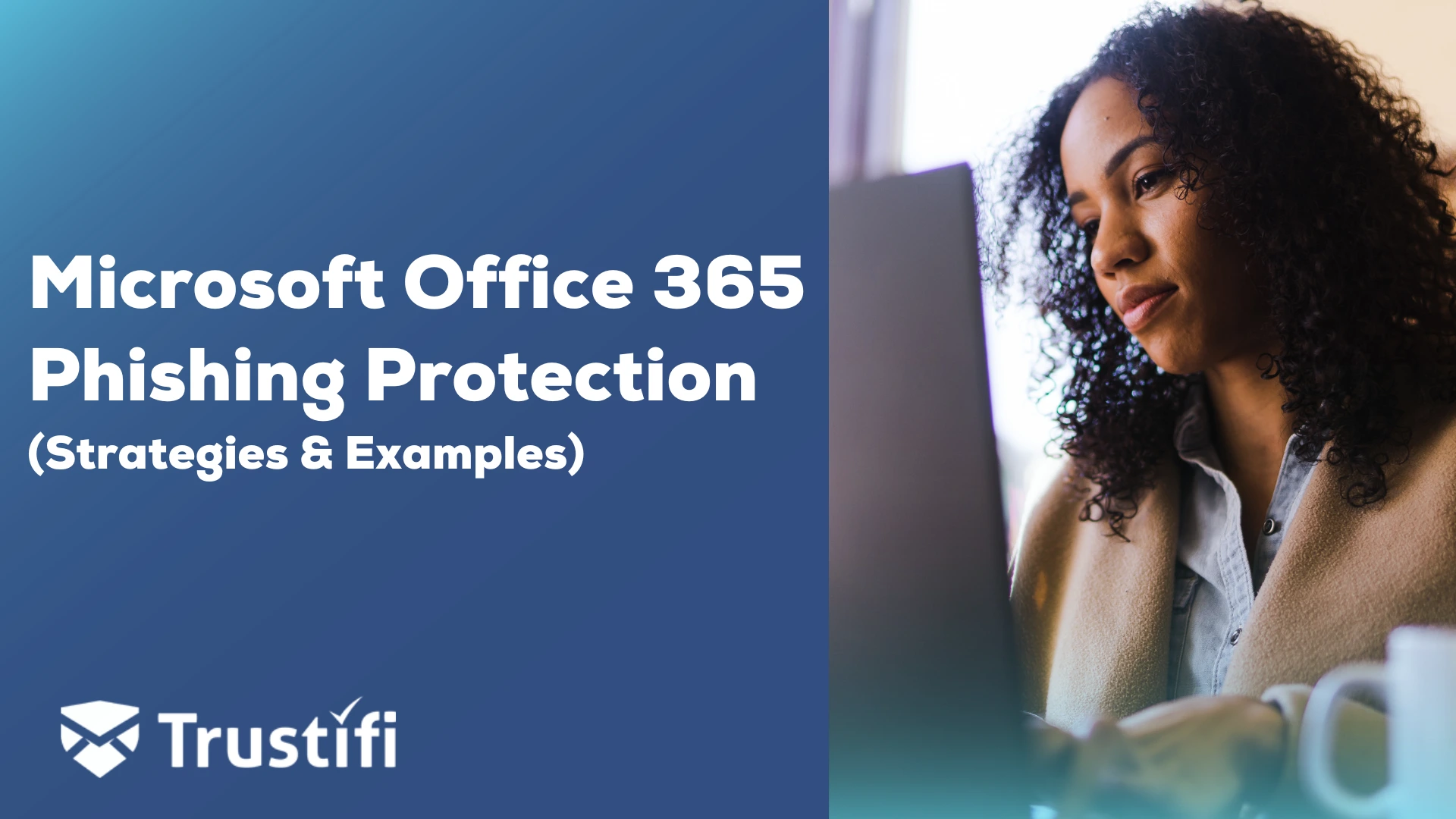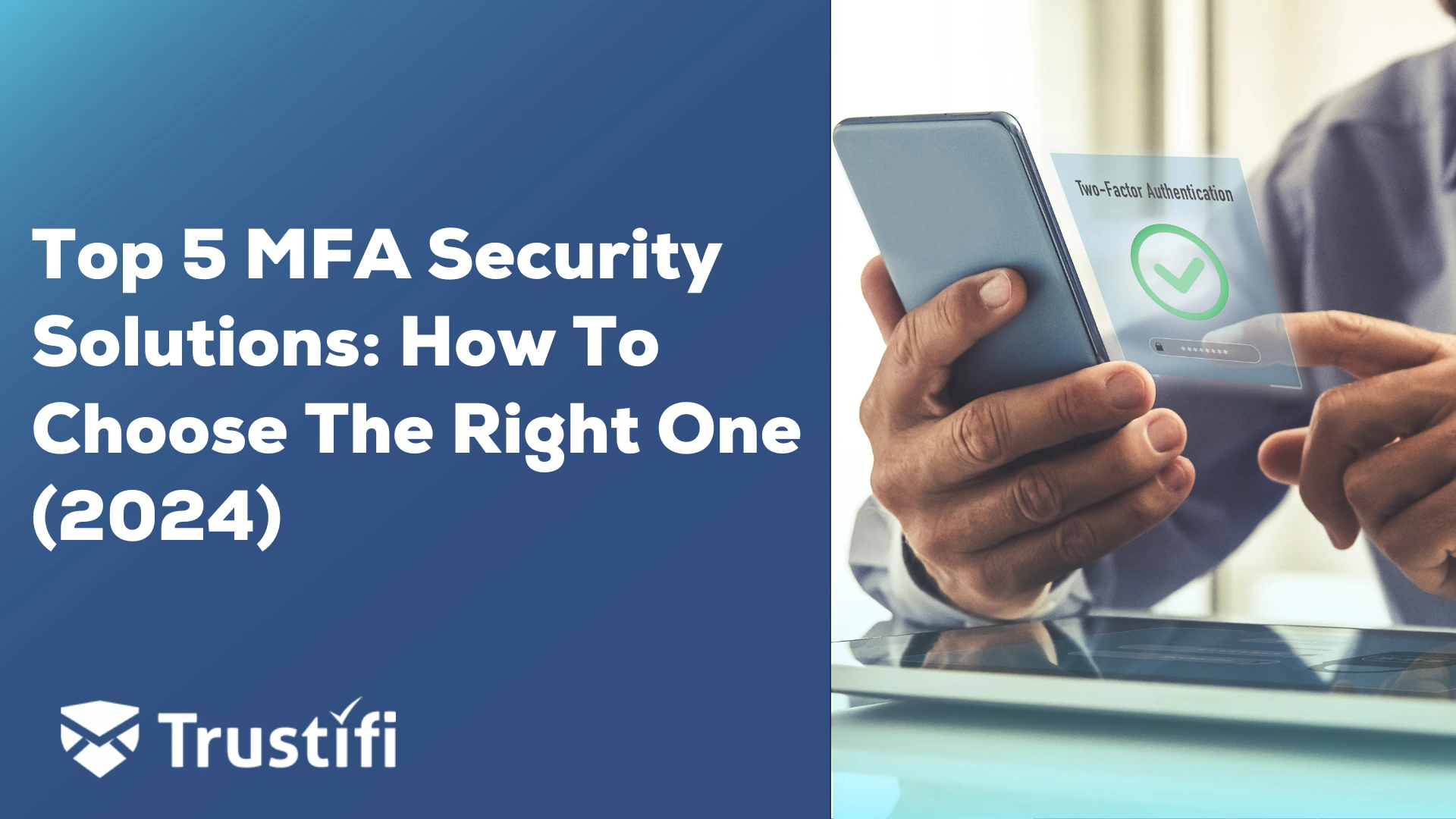Phishing and spam are overlapping concepts. The element they share is social engineering. Though they appear similar, they come with different objectives. Phishing is a method of tricking a user through an email that lures them to give up their private information, such as login details, passwords, ATM codes, and social security numbers. Spam, on the other hand, is a marketing technique that some businesses employ to send unwanted emails to bulk mailing lists. In both cases, the email messages are uninvited. Spam messages from legitimate businesses are certainly annoying, and less legitimate businesses use spam to entice recipients into shady dealings, but the typical spam email is not nearly as dangerous as a phishing email.
For many people, the difference between ordinary spam emails and treacherous phishing emails is hard to distinguish. In either case, users must make sure not to give out sensitive information to unknown entities without double-checking and verifying that the party on the other side can be trusted.
Commercial email systems offer limited protection from varying levels of phishing and spam emails. Additional tools and services can go a long way toward eliminating these irritating messages. Nevertheless, unwanted messages may still manage to make it to your inbox. It is imperative you know the difference between each type of message and how to react to them.
What is Phishing?
Phishing is a social engineering technique used by many cybercriminals. In phishing, the hacker targets the user directly to obtain personal information from them or to trick them into clicking on a fake URL or opening a malicious attachment that installs malware on their devices. Phishing attacks can take many forms, but by far the most common is through email.
In a phishing scam, fraudulent means are used to get confidential information out of the user. An email message from a non-profit organization may arrive seeking donations, or the intended victim might receive a phone call asking for their social security number.
What is Spam?
Spam is a form of junk mail. For the purpose of promoting their products and services, companies or businesses have been using junk mail practically since the invention of the printing press. The advent of the internet exponentially increased the ability of advertisers to reach a mass audience at an extremely low cost. Spammers collect the email addresses of thousands of people. They then spam all of them with their offers. The most common types of spam are coupons, chain mail, donation solicitations, and unwanted email newsletters as well as malicious unsubscribe links. Most of them are used for commercial and advertising purposes.
You can find spam emails everywhere. In 2020, some estimates claim that 54 percent of the emails sent over the internet worldwide were spam. On the average, spammers receive one reply to every 125,000,000 spam emails sent. Those don’t sound like good odds, until you realize that an aggressive spammer can send that many messages in a few hours practically for free.
Difference Between Phishing vs Spam
Spam may have some dangerous aspects, like inducing you to buy a fake product or give money to a fraudulent charity, but it is mostly harmless. On the other hand, phishing is a hacking process engineered against its victims. The intent of spam calls and messages is to usually sell a product or services to buyers. Phishing’s goal, however, is to outright steal personal information from the user in order to exploit that information for nefarious purposes.
Since phishing and spam messages often end up in your spam folder, the spam process is essentially an umbrella name for phishing attacks.
How to Stop Phishing Attacks?
Email providers understand that spam is nothing but an annoyance to most companies. Therefore, many email clients come equipped with built-in settings that minimize the delivery of spam by either warning you about a spam email or automatically putting it in the spam folder.
Phishing, however, has become advanced with the passage of time. Therefore, these malicious messages may not be filtered to the spam folder by the built-in features of your email service provider but get into your inbox instead. Fortunately, there are many countermeasures that one can consider against these advanced levels of threats.
Watch for common signs. Look at the sender’s email address in the header of the message. Does it almost look like a legitimate address, but not quite? Does the message contain misspellings (learn more about typosquatting) or grammatical errors? Be careful when clicking a suspicious link or downloading a suspicious file. Rather than click a link embedded in a message, go directly to the supposed website with your browser. Properly train your employees to recognize and appropriately report phishing emails. Engage an email filtering service.
Trustifi is a cybersecurity company that ensures that users and organizations remain safe from both phishing and spamming. Trustifi’s secure email service filters 99.9% of troublesome emails out of the user’s inbox. Contact a Trustifi representative today to request a free demonstration of Trustifi’s email filtering system and learn how affordable and simple protection from spam and phishing can be.



